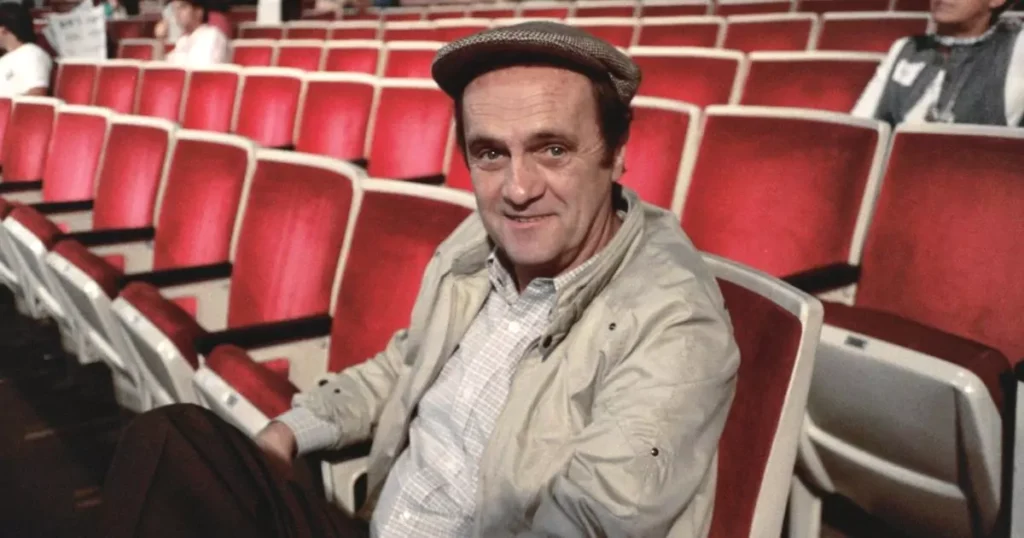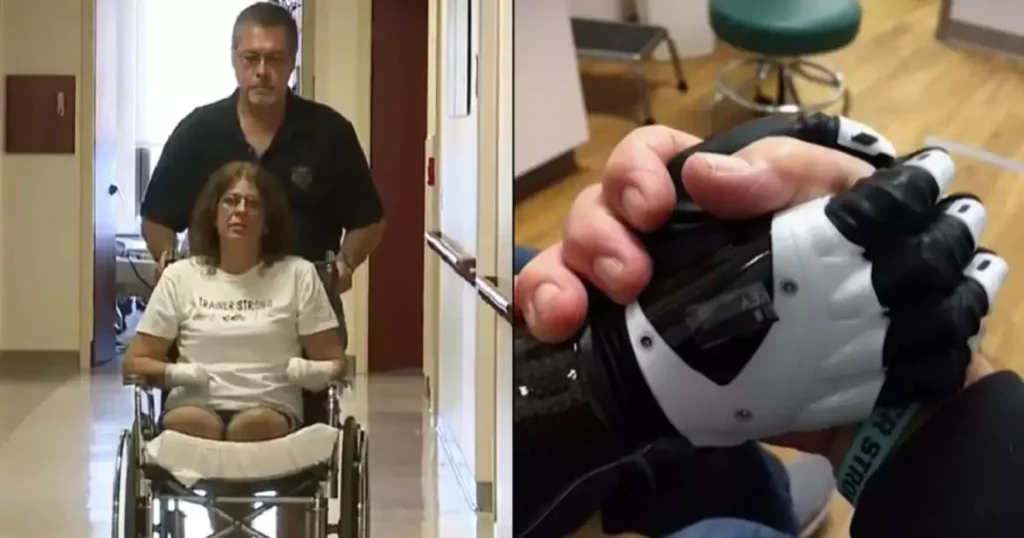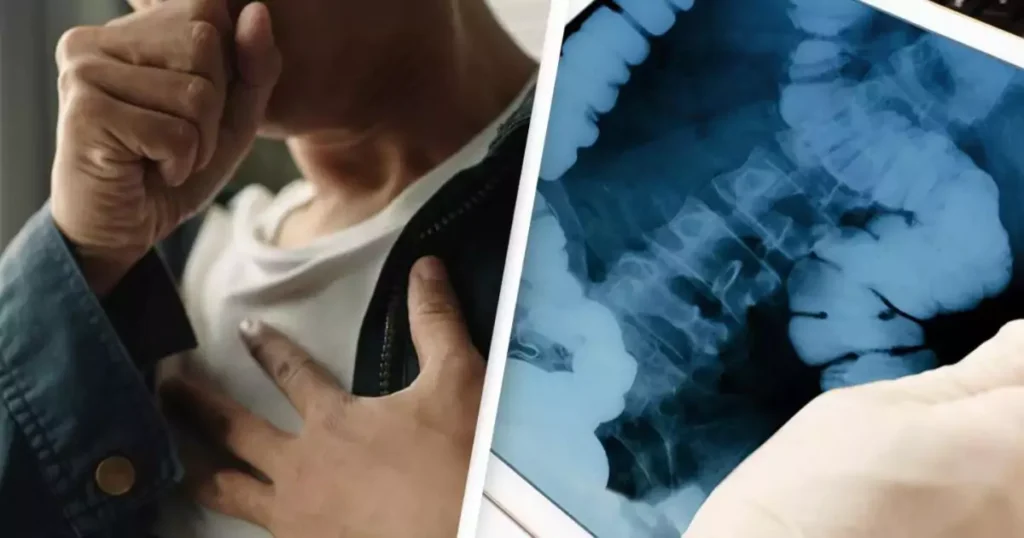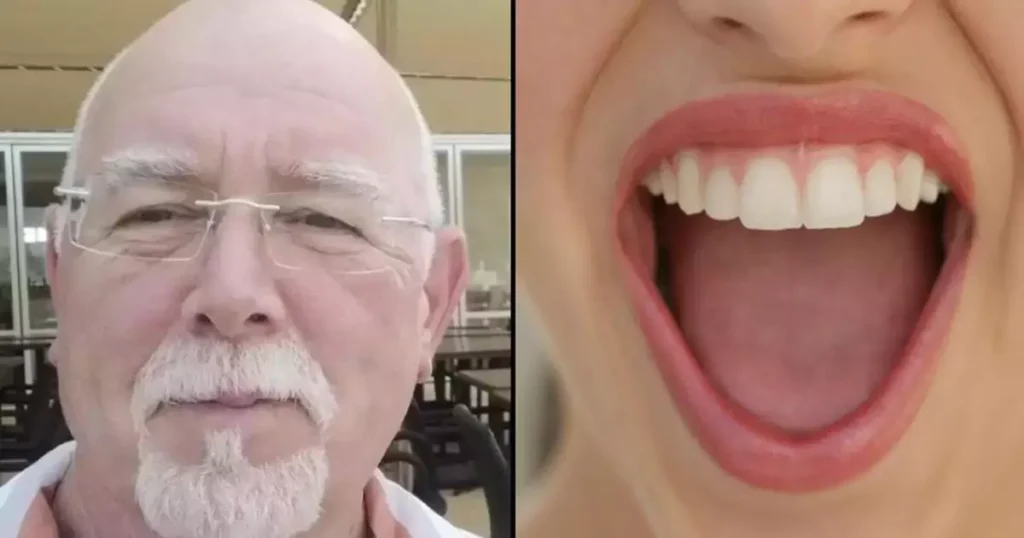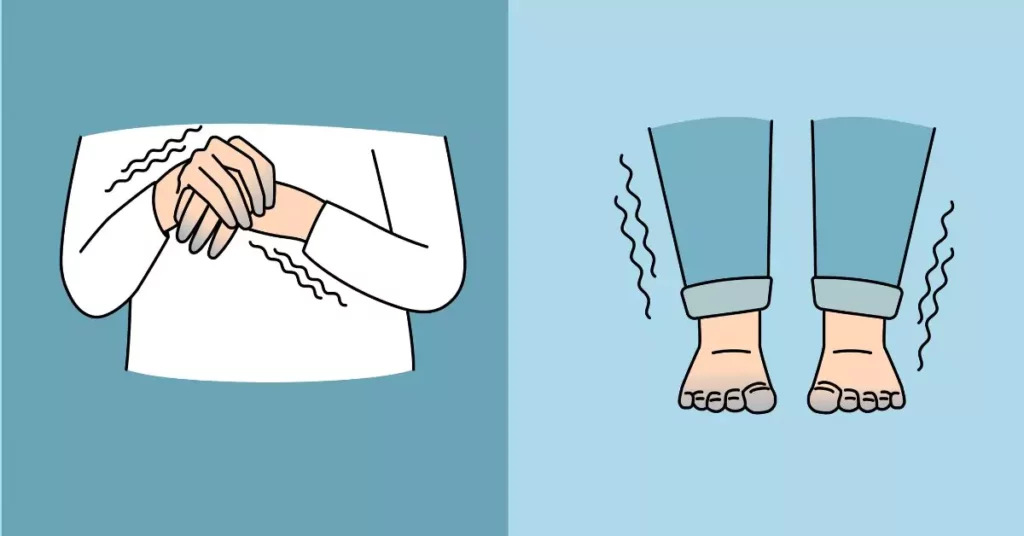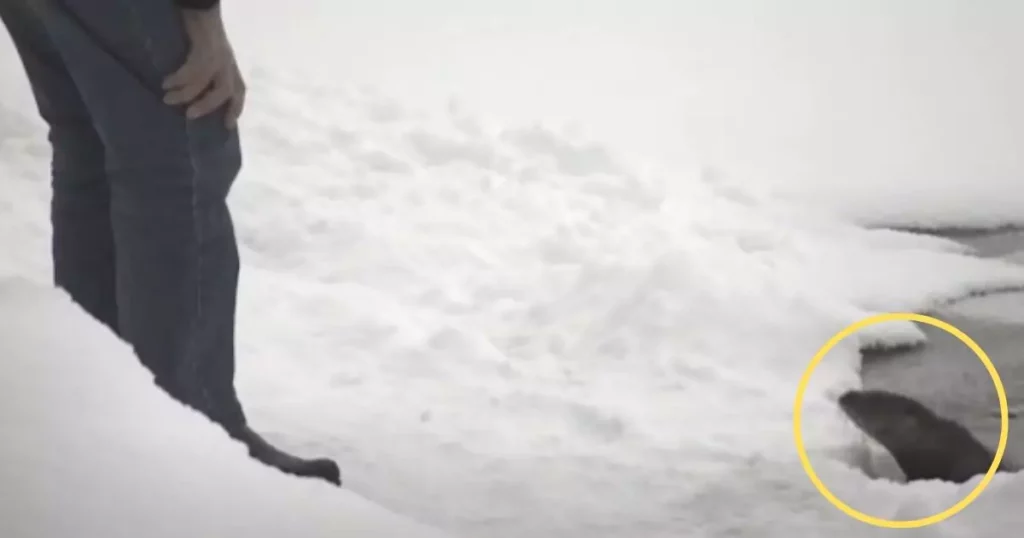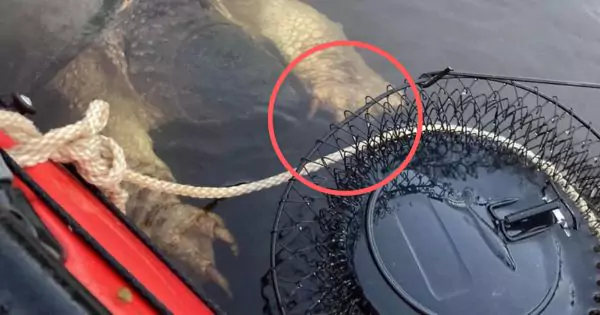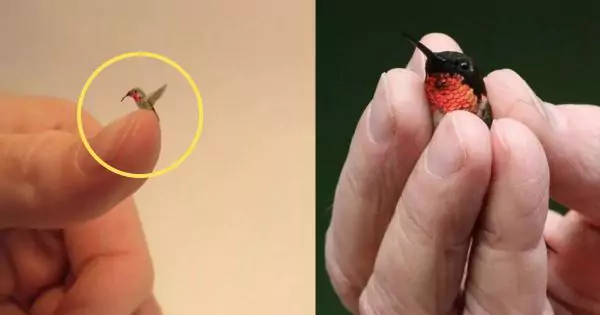
Death, an inevitable journey for all living beings, often remains shrouded in mystery and trepidation. However, there exists a curious fascination with what happens after we pass, particularly concerning the processes that our bodies may undergo, such as autopsies. In this comprehensive exploration, we delve into a surprising aspect of autopsies that has captured public attention and stirred significant curiosity.
The Role of Autopsies
Autopsies serve crucial roles in understanding death and the human body:
- Medical Insight and Closure: They provide insights into undetected diseases or the reasons behind unexpected deaths, offering closure to families.
- Legal and Scientific Research: Autopsies can uncover evidence for legal cases and contribute to medical research, enhancing our understanding of various health conditions.
A Surprising Autopsy Practice
Amid the solemnity of autopsies, a rather unexpected practice involves the handling of personal modifications such as piercings. Gerald Ledford, an autopsy technician with a massive following on TikTok, sheds light on what happens to such body adornments during an autopsy. Interestingly, while most piercings are left undisturbed, there is one exception that surprises many: the removal of the tongue.
@big_led73 Reply to @teenie1228 you get to keep all your piercings except the tongue 👅 I take your tongue out #piercing #piercings #bodyjewelry #autopsy #autopsytech ♬ Something Stupid – Percy Faith & His Orchestra
The Removal of the Tongue in Autopsies
Ledford explains that during an autopsy, the tongue is often removed. This procedure isn’t driven by morbid curiosity but by necessity for several forensic reasons:

- Examination of Causes: Removing the tongue allows pathologists to check if the individual might have bitten down on it during a traumatic event or to ensure there are no concealed substances, like drugs, that could suggest another cause of death.
- Piercing Considerations: Specifically, if the deceased had a tongue piercing, it is removed to prevent any interference with the examination procedures.
This revelation about tongue removal has sparked both shock and a flurry of questions among the public, highlighting the blend of fascination and horror that often accompanies discussions about autopsy practices.
Public Reactions to the Autopsy Revelation
The revelation about the routine removal of the tongue during autopsies has elicited a wide range of reactions from the public. Many people were initially taken aback, expressing surprise and disbelief that such a procedure is a standard part of the autopsy process. The response on social media platforms, especially following Gerald Ledford’s explanations, ranged from humor to concern, illustrating the complex emotions that discussions of death and post-mortem procedures often evoke.
- Humor Amidst the Morbid: One individual humorously noted the inconvenience of having their tongue piercing reinserted post-mortem, saying, “You will be putting it back, I have it twice and I’m not going through the swelling pain for nothing even in death.”
- Personal Anecdotes: Another person shared a personal experience related to piercings and cremation, remarking, “All of my husband’s piercings had to come out before he could be cremated. I kept them.” This comment highlights the practical considerations and personal sentiments attached to bodily modifications after death.
- Curiosity and Concern: Questions also arose about the specifics of the procedure, with someone asking, “Do we cut all tongues? Where do they go? Are there a tongue pile somewhere?” This reflects genuine curiosity and perhaps unease about the details of what happens to body parts like the tongue once removed during autopsies.
- Collective Unease: The overall sentiment of shock was summed up by another commenter: “All of us freaking out at the thought of our tongues being removed…after we are dead!” This statement captures the communal reaction of shock and disbelief, underscoring the societal discomfort with discussing and dealing with death-related procedures.
These reactions not only underscore the public’s morbid curiosity about the processes involved in autopsies but also reflect broader cultural attitudes towards death and the human body post-mortem. They highlight the need for professionals like Ledford to continue educating the public on the necessity and nature of these procedures, thereby demystifying them and perhaps making the concept of death slightly less daunting.
Ethical Considerations
The practice of removing parts like the tongue during autopsies touches on various ethical issues:
- Consent and Dignity: Ensuring that the procedure is conducted with respect to the deceased and their family’s wishes is paramount.
- Communication: Clear communication with the deceased’s relatives about the autopsy process and the reasons behind specific procedures can help in alleviating distress and misunderstandings.
The Autopsy Technician’s Rol
Ledford’s insights also highlight the unpredictable nature of working as an autopsy technician. With some days busier than others, and the emotional and physical toll the job can take, his videos provide a glimpse into the seldom-discussed aspects of this important medical field.
While the removal of the tongue during autopsies might initially shock or unsettle, understanding the forensic and medical reasons behind this practice helps demystify the process and highlights the importance of autopsies in medical science and law enforcement. As with many aspects of death, knowledge and openness can transform fear into understanding, paving the way for a more informed view of the end-of-life processes.
This blog has explored the less-known yet crucial aspects of autopsies, particularly focusing on what happens to piercings and why the tongue is often removed. It’s a reminder of the vital role autopsies play in enhancing medical understanding and providing peace to the living, even as they uncover truths from the deceased.


























